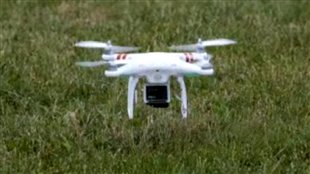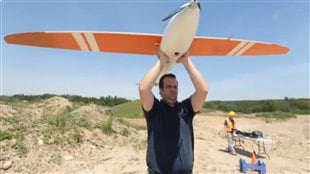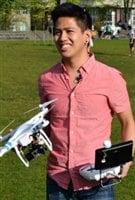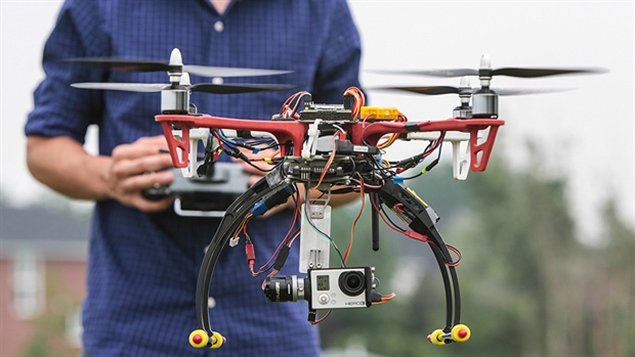When one hears the word “drone” it used to conjure up an immediate image of an unmanned military aircraft flying over a hostile conflict zone.

Not so anymore, with advances in technology, small, drones are becoming better and more inexpensive all the time and are entering “airspace” all over. These are often helicopter-like vehicles
The “drones” or UAVs (unmanned aerial vehicles) are gaining popularity by police forces, realtors, geographers and numbers of professional trades, but more so, they are also being flown by an ever-growing number of hobbyists.
It’s become a concern for aviation officials.
In Canada, commercial users must file a “flight plan” and get a permit, which takes from 10 to 20 days. However, for hobby flyers they are currently considered as “model aircraft”.

As long as the UAV weighs less than 35 kilgrams, (which includes most of them) and is not being used for a commercial purposes, no licence or permit is required to fly them.
They are supposed to be kept under a ceiling of 120 metres and always remain within line of sight.
Canada’s Transportation Safety Board is investigating a case where an Air Canada pilot reported seeing a drone a few dozen metres from his jet on its approach to land at Vancouver airport.
While jets are tested and designed for bird strikes, its unsure what kind of damage a drone would do with its various plastics and metal, to a windshield or engine.

While the UAVs equipped with cameras pose certain questions about privacy rights, there are also safety issues with all the vehicles, not just with them flying near actual airports as with the Air Canada jet incident.
While some have safety features built in which direct them back to launch point should they run low on battery power, or lose signal, not all do.
This raises concern they might hit buildings and/or fall into the street hitting people or moving cars.
Some hobbyist say a form of licensing might be a good thing, along with regulations about where they can fly
Transport Canada has been looking into creating new rules for drones but there are no immediate plans for licensing or creating new regulations for drone use.
(with files from Chris Brown- CBC)







For reasons beyond our control, and for an undetermined period of time, our comment section is now closed. However, our social networks remain open to your contributions.